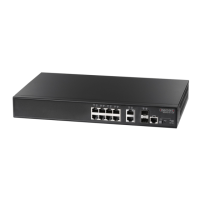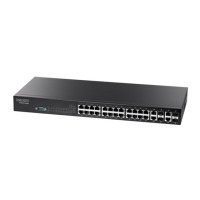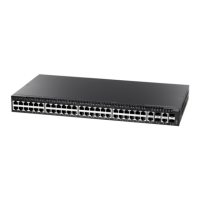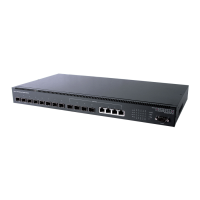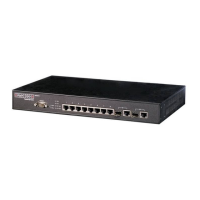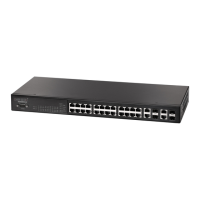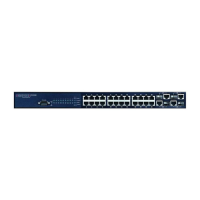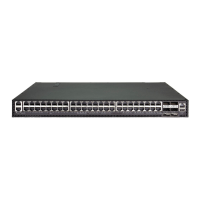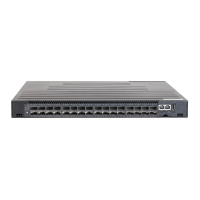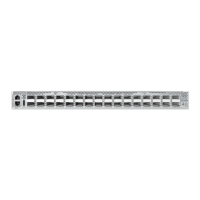C
HAPTER
31
| Link Aggregation Commands
– 788 –
◆ Any of the Gigabit ports on the front panel can be trunked together,
including ports of different media types.
◆ All the ports in a trunk have to be treated as a whole when moved
from/to, added or deleted from a VLAN via the specified port-channel.
◆ STP, VLAN, and IGMP settings can only be made for the entire trunk via
the specified port-channel.
Dynamically Creating a Port Channel –
Ports assigned to a common port channel must meet the following criteria:
◆ Ports must have the same LACP system priority.
◆ Ports must have the same port admin key (Ethernet Interface).
◆ If the port channel admin key (lacp admin key - Port Channel) is not set
when a channel group is formed (i.e., it has the null value of 0), this
key is set to the same value as the port admin key (lacp admin key -
Ethernet Interface) used by the interfaces that joined the group.
◆ However, if the port channel admin key is set, then the port admin key
must be set to the same value for a port to be allowed to join a channel
group.
◆ If a link goes down, LACP port priority is used to select the backup link.
channel-group This command adds a port to a trunk. Use the no form to remove a port
from a trunk.
SYNTAX
channel-group channel-id
no channel-group
channel-id - Trunk index (Range: 1-32)
DEFAULT SETTING
The current port will be added to this trunk.
COMMAND MODE
Interface Configuration (Ethernet)
COMMAND USAGE
◆ When configuring static trunks, the switches must comply with the
Cisco EtherChannel standard.
◆ Use no channel-group to remove a port group from a trunk.
◆ Use no interface port-channel to remove a trunk from the switch.
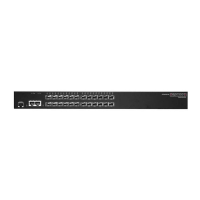
